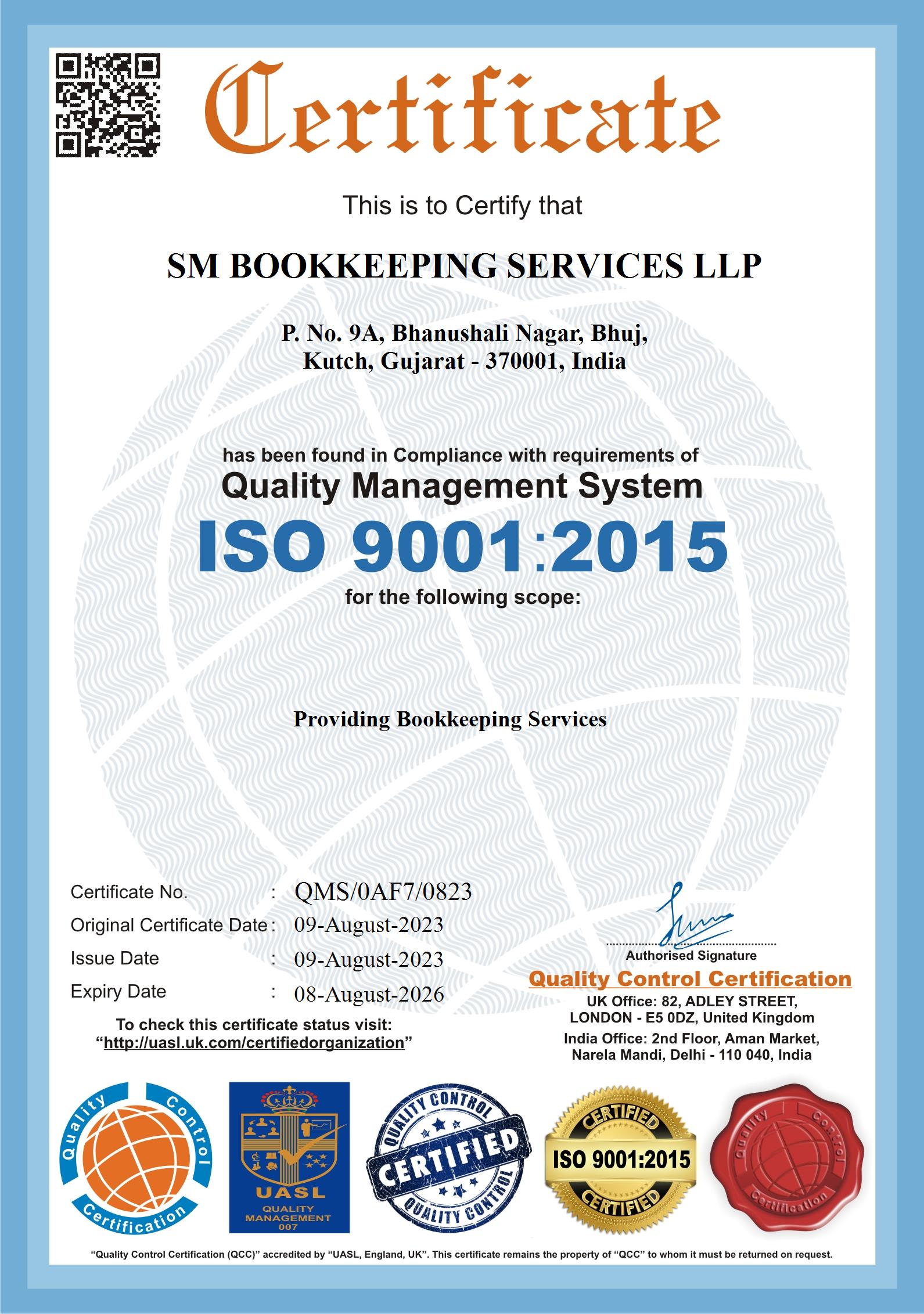Managing Account Receivable Effectively for Small & Medium-Sized Businesses

Managing Account Receivable Effectively for Small & Medium-Sized Businesses
In the fast-paced world of small and medium-sized businesses (SMBs) all over the globe, managing finances efficiently is paramount.
One crucial aspect of financial management that often gets overlooked but deserves your attention is accounts receivable (AR). In this blog post, we'll delve into the world of AR, explore its significance for SMBs, and provide practical insights to help you optimize your receivables process.
Understanding Account Receivable (AR)
Before we dive into the nitty-gritty, let's define accounts receivable. AR represents the outstanding payments that your customers owe you for goods or services provided. It's essentially the money that's waiting to be collected, and it plays a pivotal role in your cash flow management.
Why Account Receivable Matters
Effective management of AR is crucial for SMBs across the globe. Here's why:
- Cash Flow Management: AR directly impacts your cash flow. Delayed payments can hinder your ability to cover operational expenses, while timely collections can improve liquidity.
- Customer Relationships: How you manage AR reflects your professionalism and can influence customer relationships. A smooth and efficient invoicing process enhances your reputation.
- Financial Stability: Maintaining a healthy AR balance ensures financial stability and supports business growth.
Best Practices for Managing Accounts Receivable
Now, let's explore some practical tips for managing AR effectively:
- Clear and Detailed Invoices: Ensure your invoices are clear, concise, and include all relevant details. Make it easy for your customers to understand what they're paying for.
- Establish Clear Payment Terms: Set clear payment terms and communicate them to your customers upfront. This reduces confusion and helps in timely collections.
- Follow-Up on Overdue Invoices: Don't hesitate to follow up on overdue invoices. Send friendly reminders to customers and escalate as necessary.
- Offer Multiple Payment Options: Make it convenient for customers to pay by offering various payment methods. This can expedite the payment process.
- Regularly Reconcile Accounts: Reconcile your AR records with your bank statements regularly to ensure accuracy.
- Leverage Accounting Software: Consider using accounting software to automate and streamline your AR processes. It can save time and reduce errors.
Common Mistakes to Avoid in Account Receivable Management
To further enhance your AR management, it's essential to be aware of common mistakes that can hinder your progress. Avoid these pitfalls:
- Neglecting Customer Payment History: Failing to review a customer's payment history can result in extending credit to those who consistently pay late or not at all. Regularly assess customer payment behavior to make informed credit decisions.
- Overlooking Payment Plans: When customers face financial difficulties, ignoring their requests for payment plans can strain customer relationships and lead to non-payment. Be open to discussing and implementing reasonable payment plans when necessary.
- Inadequate Record-Keeping: Poor record-keeping can lead to errors in invoicing and collections. Maintain accurate records to ensure all transactions are accounted for correctly.
- Delayed Invoicing: Waiting too long to send invoices can lead to delays in payment. Invoice promptly to kickstart the payment process.
In conclusion, Account Receivable management is a critical component of financial success for SMBs worldwide. By implementing these best practices and considering global challenges, you can improve your cash flow, enhance customer relationships, and ensure the stability and growth of your business.
Remember, effective AR management isn't just about numbers; it's about building trust and sustaining healthy financial practices. For any type of A/R accounting-related services, our dedicated team of QuickBooks ProAdvisors is here to assist you. Don't hesitate to [contact us] and schedule a free consultation. We look forward to helping you streamline your accounting processes and ensure your financial success.
